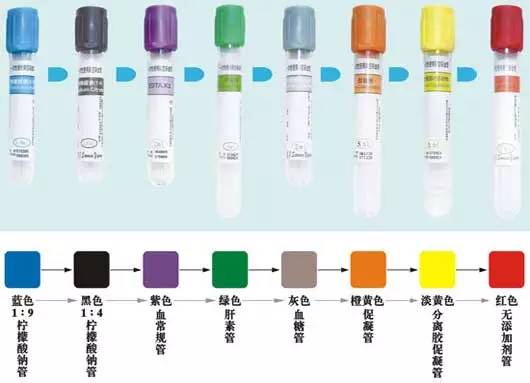In our daily life, we often encounter people who suddenly become ill, which makes us rushed. Some patients die because of untimely rescue. If we understand some common sense of first aid and take some first aid measures in time, it will alleviate the condition and even win precious time for the medical staff to save the patient’s life. First aid kits play an important role in the rescue.
Features: easy to carry, light, and small
Category: family, outdoor, car, etc.
Configuration: alcohol cotton, gauze, etc.
Catalog
1 Basic composition
2 Application range
3 Features
4 configuration
5 Backup emergency medicine
basic component
First aid kits are divided into several categories such as family, outdoor, automobile, labor insurance, military and police, hospital and disaster prevention. It is mainly equipped with oxygen cylinders; aluminum splints; sphygmomanometers; bandages and dressings; artificial respiration membranes and other first-aid products.
Scope of application
Chemical industry, medical, technology, and chemical laboratories, management and administrative departments, metal, and metallurgical industries.
feature
Easy to carry, complete rescue equipment, light, and compact
The contents of the first aid kit:
Flashlights, water, matches, compressed biscuits, timekeeping appliances (such as watches), band-aids, and communication tools should be available if conditions permit.
Configuration
1. Alcohol cotton: used to disinfect hands or pliers and other tools before first aid.
2. Gloves and masks: can prevent the rescuer from being infected.
3. 0.9% saline: used to clean wounds. Based on hygiene requirements, it is best to choose independent small packages or medium-sized bottles. It should be noted that after opening, the leftovers should be thrown away and do not put in the first aid kit. If not, use unopened distilled water or mineral water instead.
4. Sterilizing gauze: used to cover the wound. It is not as likely as cotton to leave the cotton thread on the wound, nor will it affect the wound when it is removed.
5. Bandage: Bandages are elastic and are used to wrap wounds without hindering blood circulation. The 2-inch is suitable for hands, and the 3-inch is suitable for feet.
6. Triangular bandage: It is also called a triangular bandage, which has multiple purposes, and can support injured upper limbs, fix dressings or fractures, etc.
7. Safety pin: fix triangle bandage or bandage.
8. Tape: Paper tape can fix gauze because it does not irritate the skin, it is suitable for ordinary people; zinc oxide tape can fix bandages.
9. Band-aid: used when covering small wounds.
10. Fresh-keeping paper: Take advantage of its characteristic of not sticking to the wound, wrap the burned and scalded parts before sending to the hospital.
11. Bag mask or artificial respiration mask: when applying artificial respiration, prevent infection.
12. Round-headed scissors and pliers: Round-headed scissors are safer and can be used to cut tape or bandages. If necessary, it can also be used to cut clothes. Tweezers can replace the two-handed dressing, or forceps to remove dirt on the wound.
13. Flashlight: It can be used to illuminate the rescue in the dark environment; it can also be used to respond to the pupils of the person who has fainted.
14. Cotton swabs: used to clean bleeding wounds with a small area.
15. Ice pack: Place it on bruises, muscle strains, or joint sprains to constrict capillaries and help reduce swelling. When nosebleeds, place it on the forehead of the injured person to help stop the bleeding.
Backup emergency medicine
Although no coronary heart patient has been found at home, as long as there are elderly people, anti-angina pectoris should be prepared just in case. Commonly used medicines also include medicines for the treatment of colds, fever, diarrhea, and toothache. In addition, there must be some external medicines, such as eye ointment, pain relief ointment, and supplies for treating minor injuries.
The medicine box should be equipped according to the age, health status, and season of the family members: prepare some anti-allergic medicine in spring, prepare some heatstroke and anti-mosquito bite medicine in summer, prepare some anti-diarrheal medicine in autumn, and prepare some medicine to prevent colds, asthma, and stomach diseases in winter. . There should also be some commonly used small devices in the medicine cabinet, such as blood pressure monitors, stethoscopes, and clinical thermometers.

